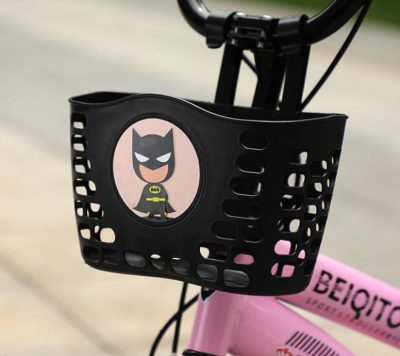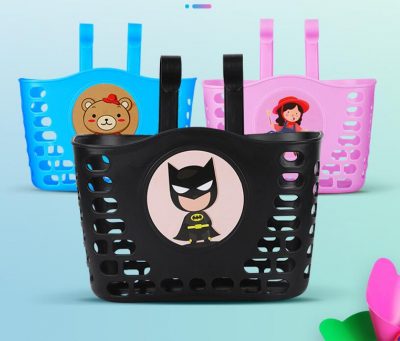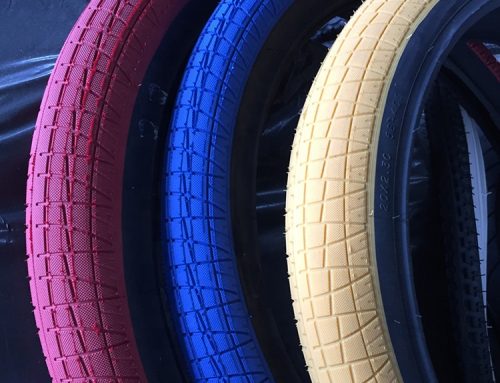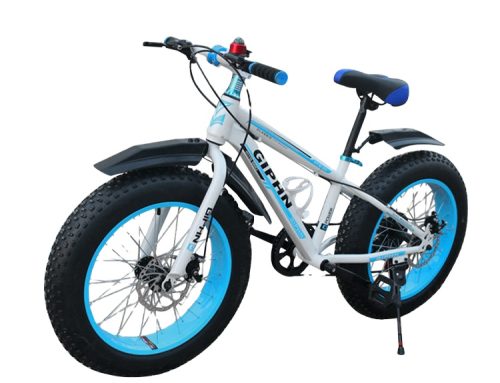Mountain biking can be physically demanding, and having the right saddle (seat) with proper cushioning and support is crucial for a comfortable and enjoyable riding experience. Here are some considerations for choosing a mountain bike saddle that cushions your adventure:
- Padding: Mountain bike saddles often have more padding than road bike saddles to absorb shocks and vibrations from rough terrain. However, the padding should strike a balance between comfort and support. Too much padding can lead to chafing and discomfort over long rides.
- Shock Absorption: Look for saddles with features like gel inserts, foam padding, or elastomer suspension systems. These elements can help dampen shocks and impacts, providing a smoother ride on rough trails.
- Cutouts or Channels: Some mountain bike saddles come with cutouts or channels in the center to relieve pressure on sensitive areas. This design can help prevent numbness and discomfort during extended rides.
- Durable Materials: Mountain bike saddles need to withstand the elements and potential abrasions from rough terrain. Saddle covers made from durable materials like synthetic leather or reinforced fabrics can enhance longevity.
- Shape and Profile: Choose a saddle shape that suits your riding style. If you’re often in an aggressive riding position, a slightly narrower and more streamlined saddle might be appropriate. If you spend more time in an upright position, consider a wider saddle for better support.
- Rails: Depending on your budget and preferences, consider saddle rails made from materials like steel, titanium, or carbon. Lighter materials can reduce overall weight but might come at a higher cost.
- Water Resistance: Mountain biking can expose your saddle to mud, water, and dirt. Water-resistant or waterproof materials can help keep your saddle dry and comfortable during wet rides.
- Proper Fit: Just like any other bike saddle, a mountain bike saddle should be properly fitted to your anatomy. Consider your sit bone width and riding posture when choosing a saddle.
- Personal Testing: If possible, try out different saddles on your own bike during trail rides. A saddle that feels comfortable on a short ride might behave differently during more extended and challenging rides.
- Saddle Covers: If you ride in varying weather conditions, a removable saddle cover might be a useful accessory to protect the saddle from rain and mud.
- Consider Bike Shorts: Investing in quality padded bike shorts can complement your saddle’s cushioning, providing additional comfort and reducing friction.
Ultimately, the best mountain bike saddle for you will depend on your individual preferences, body type, and riding style. Don’t be afraid to experiment and seek advice from experienced mountain bikers or professionals at bike shops. A well-chosen saddle can make your off-road adventures much more enjoyable.





